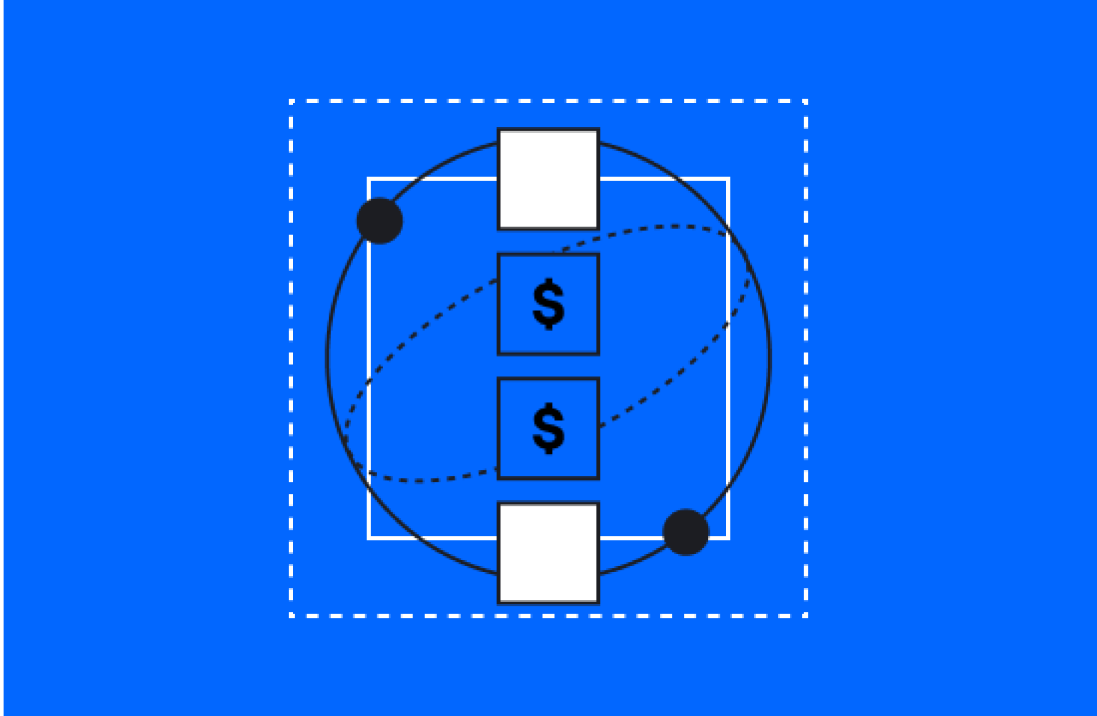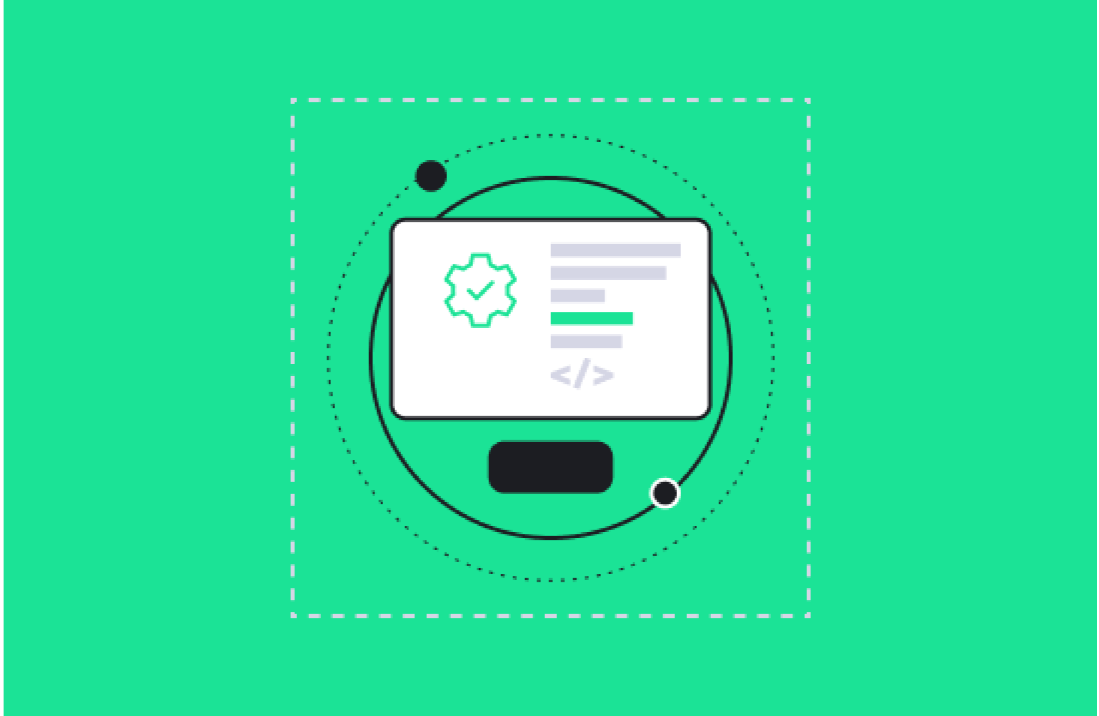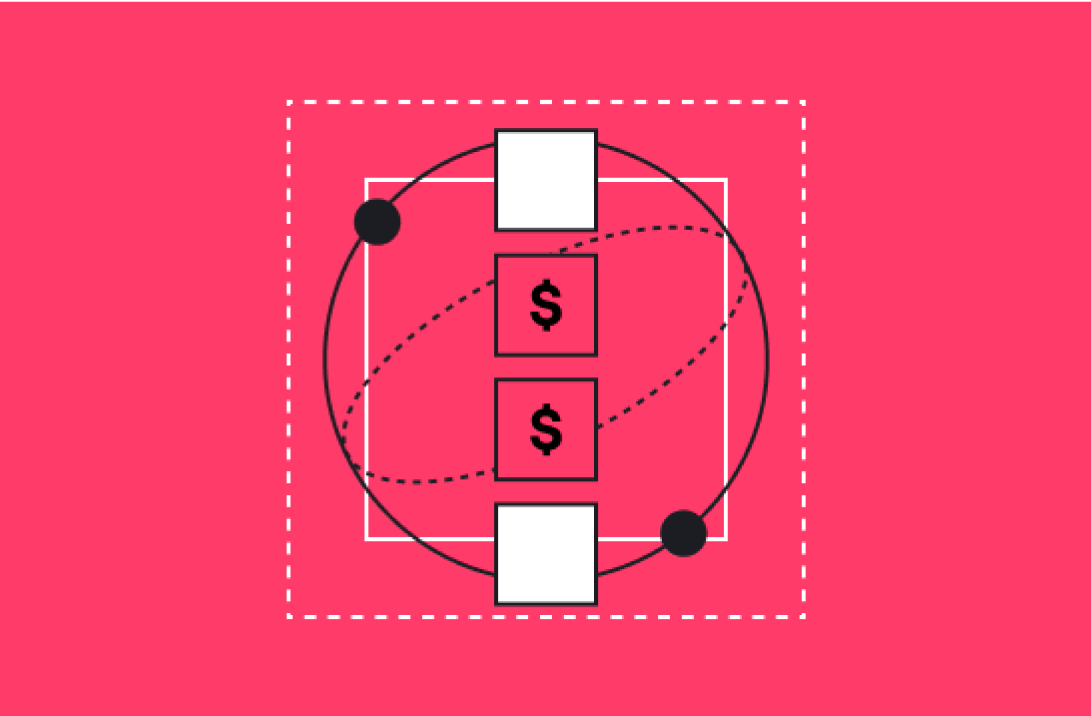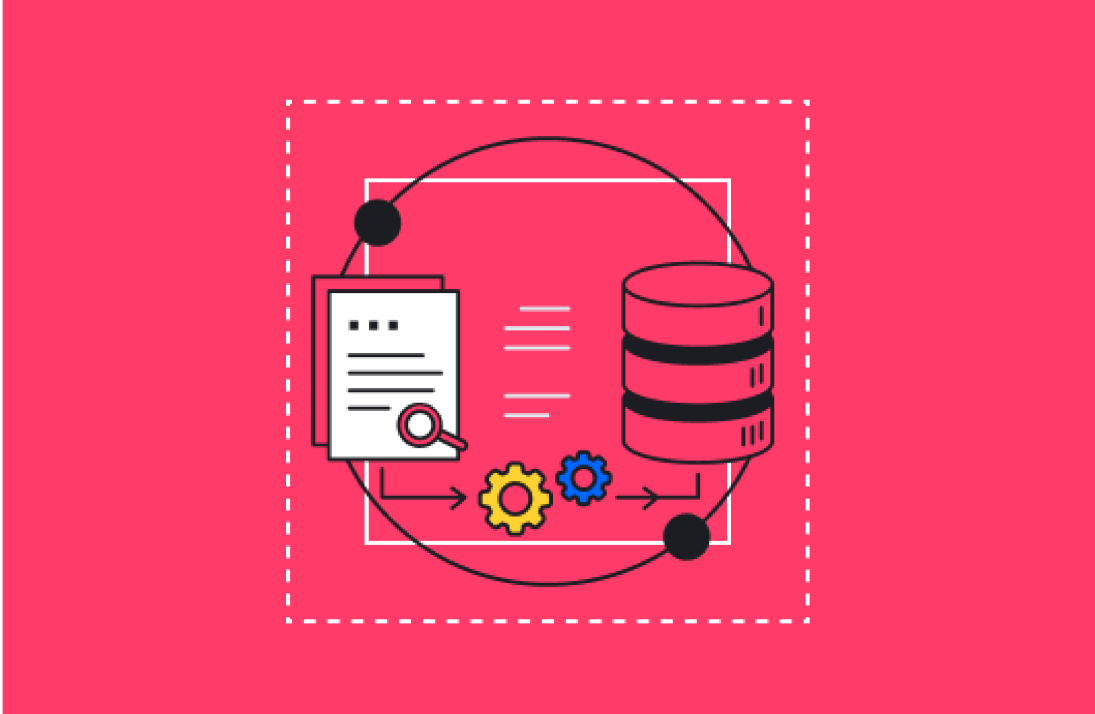If your quotes live outside your CRM, your revenue data is already out of date. HubSpot CPQ brings quoting, approvals, billing, and payments into one flow inside HubSpot—so reps generate accurate quotes in minutes, leaders get reliable late‑stage forecasts, and buyers can review, sign, and pay without back‑and‑forth. This guide covers how HubSpot Commerce Hub CPQ works, how to implement it, HubSpot cpq pricing basics at launch, and what a modern HubSpot quote to cash process looks like on a unified platform.
Why quotes stall: the cold‑start problem
Most CPQ tools force sellers to build proposals from scratch right after verbal approval. That “cold start” breaks momentum. HubSpot CPQ solves this with AI‑assisted quote creation and branded templates, so reps move from intent → quote → signature without switching systems or rebuilding context.
Symptoms of cold‑start quoting
-
Long gaps between verbal “yes” and sent quote
-
Version confusion and manual edits
-
Approvals buried in email threads
-
Forecasts that go fuzzy after proposal stage
Unified beats bolt‑ons: approvals, billing, payments
Disconnected CPQ creates “last‑mile” blind spots. HubSpot CPQ runs inside Smart CRM and Commerce Hub, so quoting, approval workflows, invoicing/subscriptions, and payment links sit on one surface. No re‑entry. No brittle syncs. Your pipeline, quotes, and cash events share the same record of truth.
What this changes
-
Late‑stage visibility: Quotes and approvals are visible on deals
-
Operational integrity: Handoffs to billing are automated
-
Forecast accuracy: Quote status and buyer engagement inform predictions
-
Cycle time: Faster “approved → signed → paid”
Buyer experience: interactive and self‑service
Static PDFs slow deals. With HubSpot CPQ, buyers view a clean, interactive quote, ask questions, e‑sign, and pay, all in one place. Fewer emails, fewer revisions, fewer stalls. For complex deals, reps still control pricing rules and approvals; for repeat packages, buyers can move at their own pace.
Set‑up checklist (RevOps‑ready)
-
Templates & brand: Create branded quote templates; define AI prompts for cover letters/executive summaries
-
Products & pricing: Clean product library, discounts, taxes/fees
-
Approvals: Build approval matrices and SLAs (by discount, term, region, SKU)
-
Payments: Enable payment links; map invoice/subscription scenarios
-
Permissions: Define roles for editing, approving, and sending quotes
-
Deal triggers: Automate quote creation and follow‑ups from deal stages
-
Closing Agent (beta): Enable to answer buyer questions after hours
-
Reporting: Add quote status, approval latency, and payment time to dashboards
-
QA: Test end‑to‑end with a sandbox deal before go‑live
Commerce seats & availability
HubSpot CPQ is part of Commerce Hub. At launch, AI‑powered quotes and CPQ are available in public beta for Commerce Hub Professional and Enterprise. Quotes, e‑signature, and CPQ capabilities are packaged under Commerce Hub. Closing Agent enters public beta at launch. Global availability at go‑live.
HubSpot CPQ pricing: CPQ features are accessed via Commerce Hub seats (Pro/Enterprise). Final pricing and packaging are published on HubSpot’s pricing pages at launch; confirm there before procurement.
Who’s a fit (quick decision grid)
-
You quote inside emails/Docs today → Move to CPQ for speed, governance, and visibility
-
You rely on an external CPQ → Consider consolidation if syncs break or approvals happen outside your CRM
-
You offer subscriptions or usage packages → Benefit from tight billing + payments integration
-
You sell through repeatable bundles → Use templates + AI to standardize and ship faster
-
You need enterprise guardrails → Centralize rules, approvals, and audit trails
Migration from legacy quotes or third‑party CPQ
-
Inventory your quoting paths: standard vs. complex, discount rules, legal terms
-
Map data: products, price books, taxes, approval owners, signature requirements
-
Template parity: reproduce winning templates; define AI scaffolding for narrative sections
-
Approval logic: encode thresholds and exception flows
-
Payments & billing: align invoice/subscription steps to deal stages
-
Pilot & parallel: run with 1–2 teams for two cycles; validate metrics and governance
-
Cutover: train, enable, and retire redundant tools
Metrics that matter
-
Time to first quote (verbal “yes” → quote sent)
-
Approval latency (submission → approval)
-
Quote acceptance rate and cycle time (sent → signed → paid)
-
Forecast accuracy in late stages
-
Rework rate (versions per closed‑won deal)
Need help implementing HubSpot CPQ or extending it with the right tools?
Let’s build a quoting process that actually works, for reps, for finance, and for your bottom line. Let’s Chat





